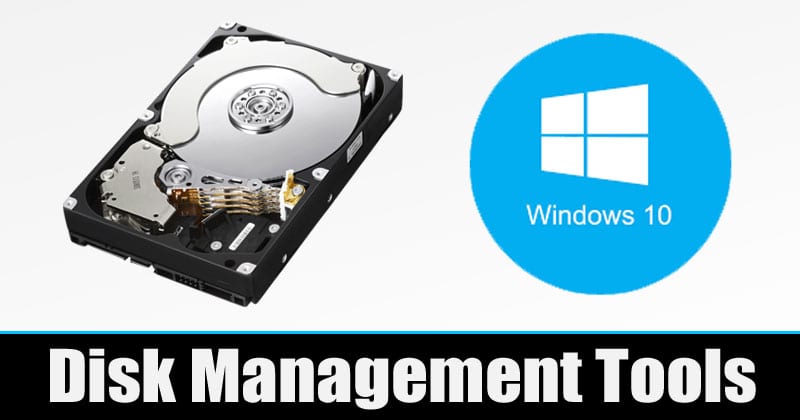
Managing storage is a crucial aspect of maintaining your computer’s health and performance. Windows Disk Management is a built-in utility that provides a wide array of tools for handling disks and partitions. This article will walk you through the various features and functions of Windows Disk Management, helping you to optimize your storage setup effectively.
1. Introduction to Windows Disk Management
- Overview of Disk Management: A brief introduction to what Windows Disk Management is and its importance in managing storage.
- Accessing Disk Management: How to access Disk Management through different methods like the Control Panel, right-clicking the Start button, or using the Run dialog (diskmgmt.msc).
2. Understanding Disk Types and Partitions
- Disk Types: Explanation of different disk types (Basic and Dynamic) and their uses.
- Partitions and Volumes: Differences between partitions and volumes, and their roles in organizing data.
- Partition Styles: Overview of MBR (Master Boot Record) and GPT (GUID Partition Table), including their benefits and limitations.
3. Basic Disk Management Tasks
- Viewing Disk Information: How to view disk and partition information in Disk Management.
- Creating a Partition: Step-by-step guide on how to create a new partition, including setting the size and file system.
- Formatting a Partition: Instructions on formatting a partition, including choosing the file system (NTFS, FAT32, exFAT) and assigning a drive letter.
4. Advanced Disk Management Tasks
- Shrinking and Expanding Partitions: How to shrink and expand existing partitions to optimize space usage.
- Deleting a Partition: Safely deleting a partition and understanding the consequences.
- Changing Drive Letters: How to change or remove drive letters for better organization and accessibility.
5. Disk Cleanup and Optimization
- Disk Cleanup Tool: Using the built-in Disk Cleanup tool to remove unnecessary files and free up space.
- Disk Defragmenter: Understanding the importance of defragmentation for HDDs and how to use the Disk Defragmenter tool.
- Optimizing SSDs: Specific tips for maintaining and optimizing SSD performance, including the use of the TRIM command.
6. Managing Dynamic Disks
- Converting Basic Disks to Dynamic: Benefits and steps to convert a basic disk to a dynamic disk.
- Creating and Managing Dynamic Volumes: Types of dynamic volumes (simple, spanned, striped, mirrored, and RAID-5) and how to create them.
7. Disk Management for Advanced Users
- Using Command Line Tools: Introduction to DiskPart, a powerful command-line tool for advanced disk management.
- Managing Virtual Hard Disks (VHDs): How to create, attach, and manage VHDs using Disk Management and PowerShell.
8. Troubleshooting Disk Management Issues
- Common Problems and Solutions: Common disk management issues and how to troubleshoot them.
- Data Recovery Options: Options for recovering lost data from damaged or corrupted disks.
9. Best Practices for Disk Management
- Regular Maintenance Tips: Best practices for regular disk maintenance to ensure optimal performance and longevity.
- Backup Strategies: Importance of regular backups and recommended tools and methods for backing up your data.
Conclusion
Effective disk management is essential for maintaining your computer’s performance and ensuring your data is organized and secure. By mastering Windows Disk Management, you can take control of your storage, optimize space, and extend the lifespan of your drives.